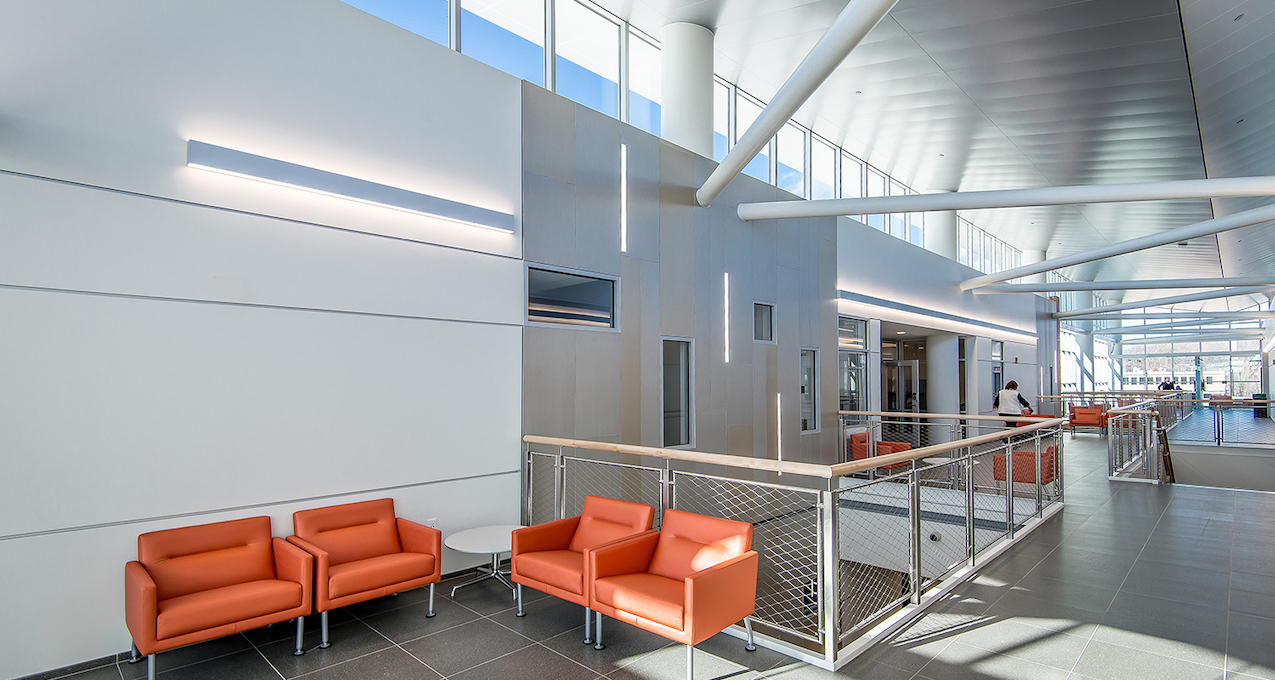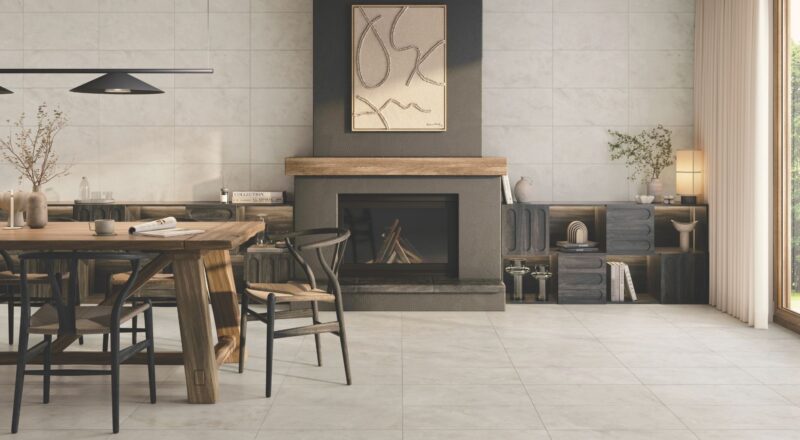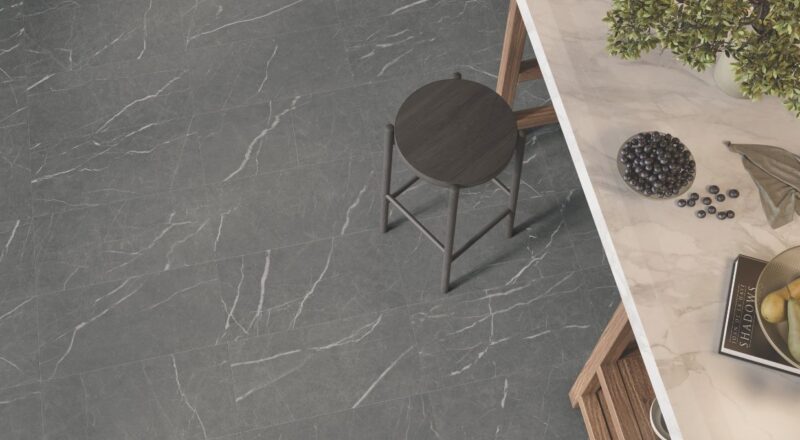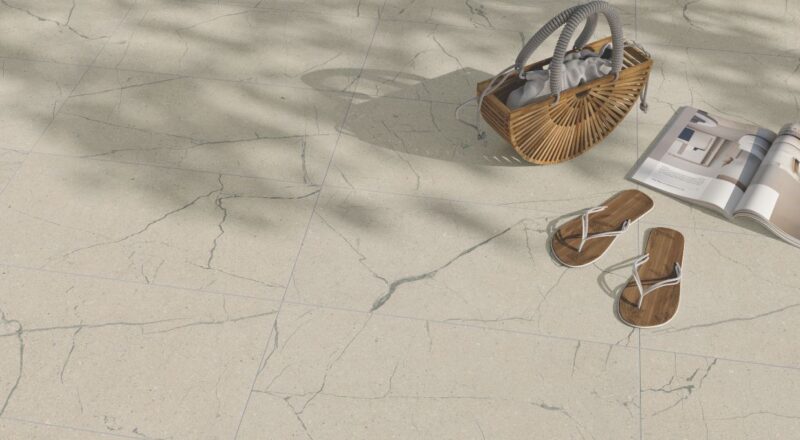It should come as no surprise that colleges and universities require building materials that can withstand constant heavy traffic and endure for many years to come. While porcelain tile has long been the material of choice when it comes to surfacing for higher education facilities, architects and designers are increasingly turning to Laminam porcelain tile panels as the porcelain product of choice for these projects. In the U.S., Crossville is the source for these versatile, innovative panels that are measured in feet—not inches. Why are Crossville’s porcelain tile panels by Laminam such an ideal surfacing solution for higher education facilities? The reasons are many.
These panels are incredibly durable for the demands of very busy education facilities, easily withstanding many thousands of footsteps daily—and, just as importantly, they are very low-maintenance and so simple to clean. They also offer innovative installation efficiencies, including tile-over-tile renovation senarios, which save on demolition costs, reduce debris, and lessen disruption. From a design perspective, their extremely large formats are ideally scaled for universities’ expansive spaces, and they are available in a large range of styles to fit education environments, providing on-trend looks that will stand the test of time.
In this Architecture Short Talk, Sue Carr & Dan Cox of Carr Design give us a fascinating look at their design choices for the University of Sydney Business School, including their use of Laminam. For this project, they specified over 200,000 square feet of Laminam porcelain tile panels for floors and walls in this expansive facility! Here are a few highlights from the short documentary:
1. Traffic: they needed a product that could withstand 10,000 people moving through the space within an hour
2. Emotion: they wanted to create a sense of calm through the use of materials with an inherent sense of peace
3. Care: they needed a product with easy maintenance
4. Scale: the large format enabled them to span huge volumes of space without becoming overly patterned or busy





